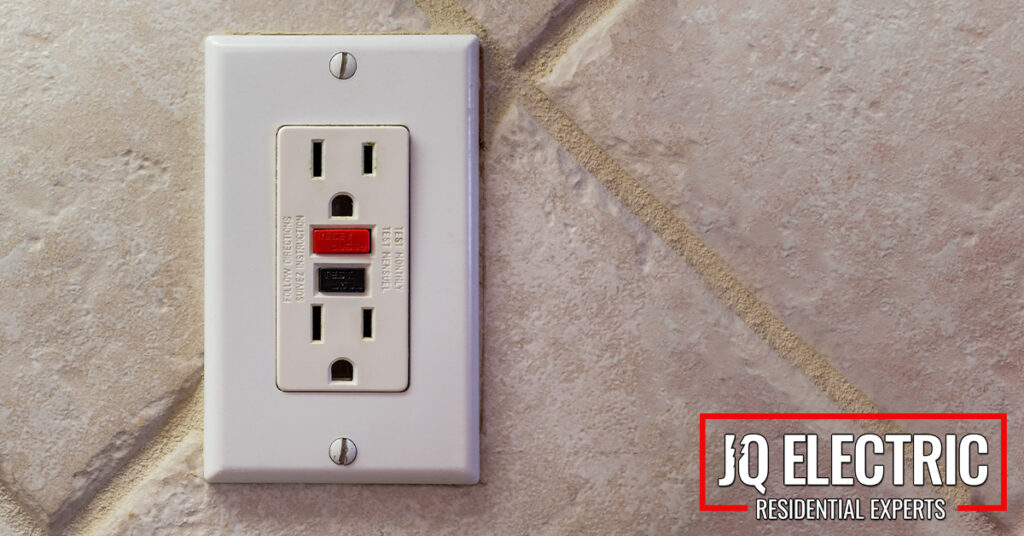
Have you ever noticed that some of your outlets have reset buttons while others don’t? Those particular outlets with extra buttons are called GFCI (ground fault circuit interrupter) outlets, and they protect you from being shocked.
Not all types of outlets are the same or offer the same protection. These GFCI outlets prevent electrocution. If a person’s body is shocked, the GFCI senses this action and cuts off the power before anyone can get injured. The National Electrical Code® requires GFCIs in particular locations of the home, specifically those that may be in contact with water. These areas mainly include bathrooms, kitchens, laundry rooms, and sometimes garages.
How GFCI Outlets Work
The design of these outlets causes them to cut power to the circuit to prevent an electrical current if they detect any slight changes, even as minor as four to five milliamps. To understand just how small that is, one milliamp is 1/1,000 of an ampere, which measures electrical currents in a home.
A ground fault is when electricity flows outside the intended circuit and works to reach the ground through any path necessary, including the human body. When a GFCI cuts power, it prevents a ground fault. If the GFCI outlet notices excess energy or an abnormal flow, it can cut the power in less than 1/30 of a second. Although you might still feel a shock, this outlet helps prevent severe injuries and fatalities.
Where Are GFCIs Required
The National Electrical Code® requires GFCI outlets in several locations throughout your home. There should be GFCI for outlets within 6 feet of a sink or water source. Simply put, if the outlet is likely to come into contact with water, it should be a GFCI outlet. The National Electrical Code also has separate requirements for dwellings vs. non-dwellings.
Dwellings, defined as permanent living spaces for one or more persons, include sleeping, cooking, and sanitation areas. Living spaces require GFCI protection for 150-volt to 250-volt receptacles produced by single-branch circuits rated 150 volts or less to be in:
- All areas with sinks
- Kitchen countertops
- Dishwasher outlets
- Bathrooms
- Laundry rooms
- Basements
- Crawl spaces
Non-dwelling spaces, as their name explains, include non-living areas such as commercial kitchens, workshops, or offices. While there are fewer requirements for these types of places, the following still include:
- All areas with sinks
- Kitchens
- Bathrooms
- Basements
- Crawl spaces
- Locker rooms
- Outdoor areas
Generally, bedrooms, living rooms, and offices only require GFCIs if they have a sink or other water source with outlets less than 6 feet away.
GCFI Outlet Installation
If you have a water source in a wired area, you need a GCFI outlet. Although you may already have these outlets in your home, you must include them in any additions or renovations you make! Or, if you want added safety, consider replacing any ungrounded outlets with GFCI outlets for more protection anywhere you feel appropriate. If you don’t feel comfortable making the determination yourself, one of our trained professionals would be happy to help!
We always recommend consulting with one of our qualified electricians for proper installation and compliance in your area. And who better than JQ, your trusted neighborhood electrician? Working with electricity is dangerous and can even be fatal in the case of extreme electric shock. Don’t try DIY GFCI installation; hiring one of our trained electricians is best!
